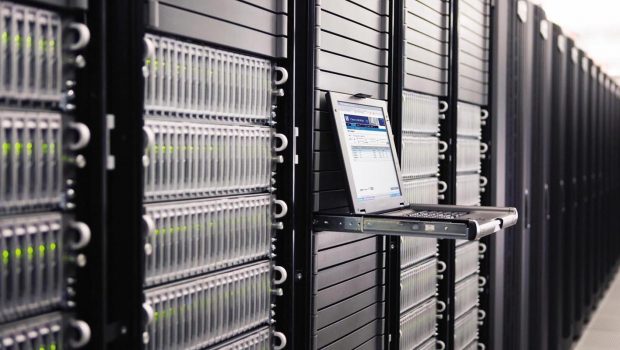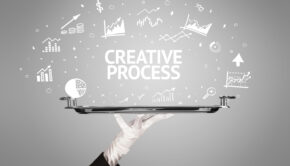How to Choose a Server for Your App
Choosing the best server for your app is like choosing a good pair of shoes…
There are several different options that might work – a few different ones fit, some would work but might not be the best option, while others all seem to have the same features.
When faced with the various brands and reasonable choices, it can be hard to decide which pair to go with:
Do you pick the pair that is on sale because it will save you the most money?
Do you pick the most expensive pair in hopes they will last the longest?
Do you pick the most practical pair because they are a safe option?
Well, when looking at the server options you might find yourself in the same predicament:
Which one is the best choice for your app?
Whether you are building a brand-new application or your current database just is not working well, you have begun the search for info on a new server.
Now you are faced with the decision of picking who offers the best option for things like push notifications, analytics, user information, and storage.
Before you get overwhelmed and throw in the towel before even really getting started, check out the complete guide to how to choose a server for your app:
Tips for Choosing the Best Server
What features do you want your database to support?
In the beginning stages of searching for the best server for your application, consider these important factors in the decision-making process?
What structure should it support? Your structure is how you need to store data and how you need to retrieve it.
What size should it support? Another key factor in selecting a database is the size. Just like with choosing your shoes – what shoe size do you need? Well, what size storage do you need? Consider how much data you need to store and how much critical application data must be retrieved.
How fast do you want it to be? Speed and scale address the time it will take the server to read and write incoming applications. Some are designed for high traffic and others are not.
- What type of data structure do you need?
From relation to columnar to document-oriented – data modeling helps enhance your application’s features.Use data modeling to help guide your database selection: start with a conceptual model then identify the entities and relationships you will need.As you go through the process, the type of data structures you should implement will become more apparent.
- What platforms are supported?Will you ever have a need to go beyond Android and iOS?
Consider not only the platforms you are looking to support today but what you might need to support in the future – such as a companion web app.
It is important to evaluate the cloud options and database options of the server you are considering.
- Is it flexible?
The data modeling flexibility of your server will determine if you are able to articulate the model requirements of your app in the appropriate and most efficient way.Furthermore, it will also determine if your server is flexible enough to evolve with your model in the future. - Is it secure at rest and in motion?
You need to be able to access, transmit, and store data securely when you synchronize and decentralize storage.To ensure your possible server choice covers this, address data at rest and in motion, read and write access, and address authentication. - Is one database enough?
While there are certain servers that can do it all for you, sometimes it is more beneficial to separate your eggs rather than put them all in one basket.During the modeling process, it might become apparent that you need one specific structure just to store your data. - Should you build it or buy it?For some, this might not be such a pressing question…
You might not have the means to build your own server, so your quick answer is “no.”
But, building a server is always an option to keep in mind – especially if you find that no option is really meeting the needs of your application.
Building a server is notoriously expensive and troublesome, but in some scenarios, it might be the best option. The key is choosing what is most flexible for you.
However, if you choose to build, be prepared to spend a significant amount of time and resources on building and supporting a server with all the traits you are searching for.
The Main Idea
If you are just trying to stick to the basics of what you need to know, let’s break it down:
- Understand your needs: The amount of storage you need, the speed and scaling requirements, and what your present and future look like.
- Model your data: Determine what type of database is most appropriate for your data, rather it is a relational database, columnar database, or another one.
- Consider the customers: Think about what will ultimately make your users the most satisfied and what they will be looking for in your application.
- Understand your options: What can the server do for you? What solutions does it provide? Also, consider that you might need more than one database.
Conclusion
Today, consumers are highly reliant on mobile applications. And, it is as simple as this:
If it doesn’t work, they won’t use it.
So, when it comes to choosing the best server for your app, keep the customers in mind…
What results and features would you want to see from your app?
You should look at each aspect of your app – the amount of data, the speed, the projected number of visitors – to better understand the type of server that will best fit your needs.
It comes down to understanding all the needs of your application.
Choosing the right database plays a vital role in creating a user-friendly experience.
And, a user-friendly experience creates happy customers.
So, which server will you go with?















